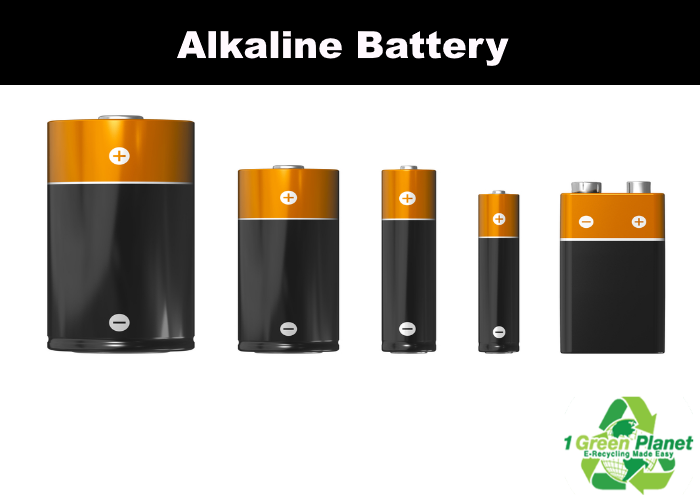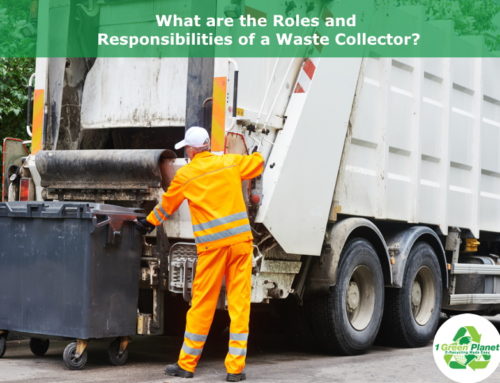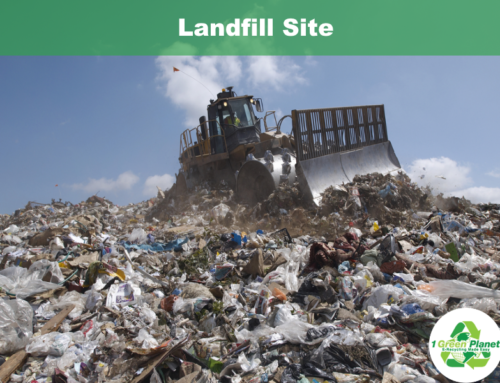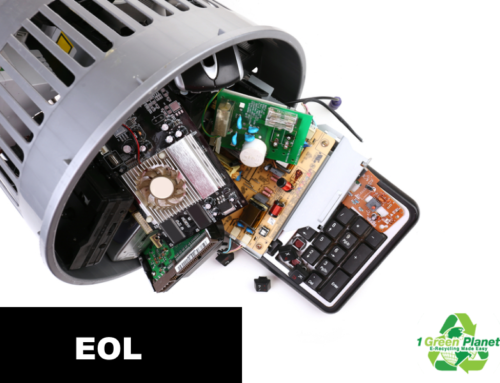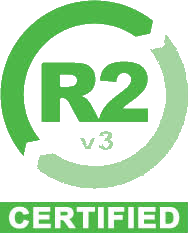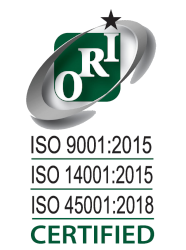Published on July 25, 2022, Updated on August 6, 2022
The alkaline battery belongs to the class of primary batteries, which get their energy from the reaction of zinc metal and manganese dioxide. Small and medium-sized portable electronics including radios, flashlights, MP3 and CD players, digital cameras, and toys function through the use of alkaline batteries.
Alkaline batteries make up over 80% of batteries produced in the US and more than 10 billion of single batteries worldwide. Compared to zinc-carbon and zinc chloride batteries, an alkaline battery provides the same voltage but has a better energy density and a longer shelf life.
When was Alkaline Battery First Used?
The alkaline battery was first used by Waldemar Jungner in 1899. Thomas Edison made use of the alkaline batter two years later. In 1950s Canada, Lewis Urry used Edison’s design to develop the zinc-manganese dioxide alkaline battery that is used today. Urry afterward became affiliated with Union Carbide’s Eveready Battery division. Along with P.A. Marsal and Karl Kordesch, Urry submitted a US patent application for the alkaline battery on October 9, 1957. The Union Carbide Corporation was assigned the patent after its approval in 1960.
What is the Process of Making an Alkaline Battery?
As in the 9-volt PP3-size battery, a number of individual cells are connected together to genuinely constitute a “battery.” The alkaline battery can come in button and standard cylindrical containers and can be used in place of zinc-carbon batteries.
An alkaline battery’s cathode connection is made of a drawn stainless steel container holding a cylindrical cell. The positive electrode assembly consists of a compressed paste of manganese dioxide and carbon powder added for increased conductivity. The hollow center of the cathode is lined with a separator substance that prevents the mixing of the electrode materials and stops the cell from short-circuiting.
The negative electrode is a dispersion of zinc powder in an electrolyte of potassium hydroxide. To stop the cell from gassing out towards the end of its life, more manganese dioxide is used in the reaction with zinc. To increase leak resistance, a plastic gasket is often used.
After that, a wrap made of aluminum foil, plastic film, or, in select instances, cardboard- that also serves as a surface for label and logo printing- becomes the cell’s final layer of leak prevention.
Who are the Top Manufacturers and Consumers of the Alkaline Battery?
The top manufacturers and users of the alkaline battery are North America and Europe. A number of nations, including China, Russia, Poland, Brazil, Argentina, and Kenya, have a strong potential for growth in alkaline battery manufacture. Because of their dependability and cost, alkaline batteries make up roughly 65 percent of all main battery sales.
Can Alkaline Battery Be Recycled?
The alkaline battery is recyclable. When an alkaline battery is crushed for recycling, the metals are separated, and then the resulting black mass is chemically processed to extract the zinc, manganese oxide, and potassium hydroxide. 1 Green Planet provides product destruction services for Alkaline Batteries.
The local authorities determine how to dispose of the alkaline battery. Alkaline batteries cannot be disposed of with household trash in California as the state considers all batteries to be hazardous waste. California continues to be the only state in the United States to require the recycling of alkaline batteries though recycling kits are available in some U.S. states. Vermont holds a nationwide alkaline battery collection program.
EU countries have recycled alkaline batteries since 2016. Alkaline battery trash cannot be combined with household waste, as required by the WEEE Directive and Battery Directive laws.

